Experience the thrill of a night safari in Tanzania, stepping out into the wild by night. As the day wears on, the savannah becomes a world of nocturnal enchantment, providing an uncommon window into the lives of shy animals such as leopards, civets and bush babies. Under the watch of expert trackers, you can roam the starlit landscapes of world-famous reserves like Serengeti, Tarangire or Selous, where every rustle and shadow speaks of some arcane drama. Armed with spotlights, your trek is full of predators stalking their prey, graceful herbivores munching on dewy grass in the cool night air, and the night’s fairy tale sounds.
Top 10 Places For Night Safari In Tanzania
Explore the following 10 best places for a night safari Tanzania experience and see the nocturnal life of the wild.
1. Serengeti National Park
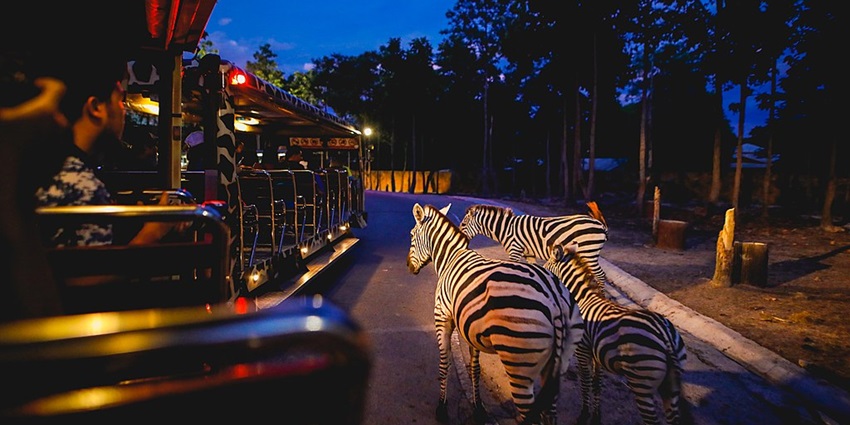
Photo: Chiang Mai Night Safari / Wikimedia Commons / Image For Representation Only
Night safari in Tanzania, Serengeti National Park is a thrilling way to explore its iconic ecosystem under the cover of darkness. Famed for the Great Migration, the Serengeti at night becomes a performance space for predator-prey interactions. Armed with spotlights, your guide helps you spot nocturnal animals like civets, aardwolves, porcupines and hunting lions. The park’s expansive plains make a scenic setting for this nighttime activity, illuminated by the Milky Way. This exclusive activity is limited to specific areas, as much of the park closes at dusk to protect wildlife.
Location: Northern Tanzania
Timings: 6:30 PM – 9:30 PM
Cost: $50 – $150 (depending on tour operator)
Suggested Read: Best National Parks In Tanzania
2. Tarangire National Park
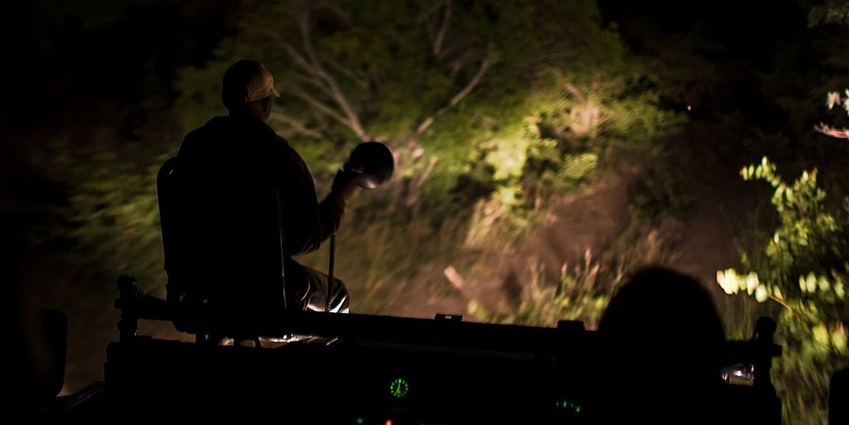
Photo: KennyOMG / Wikimedia Commons / Image For Representation Only
Tarangire National Park features one of Tanzania’s less-crowded reserves and has a unique night safari experience. Renowned for its ancient baobab trees and large herds of elephants, the park’s nighttime magic is just as captivating. Night safaris here give you a chance to see animals like leopards, African wildcats and bush babies in the act of coming alive under the cover of darkness. The open savanna dotted with acacia trees creates a surreal world by moonlight. Tarangire’s nighttime safaris feel more intimate and exclusive than in other parks, with fewer tourists.
Location: Two hours from Arusha
Timings: 7 PM – 10 PM
Cost: $75 to $200 per person
3. Lake Manyara National Park
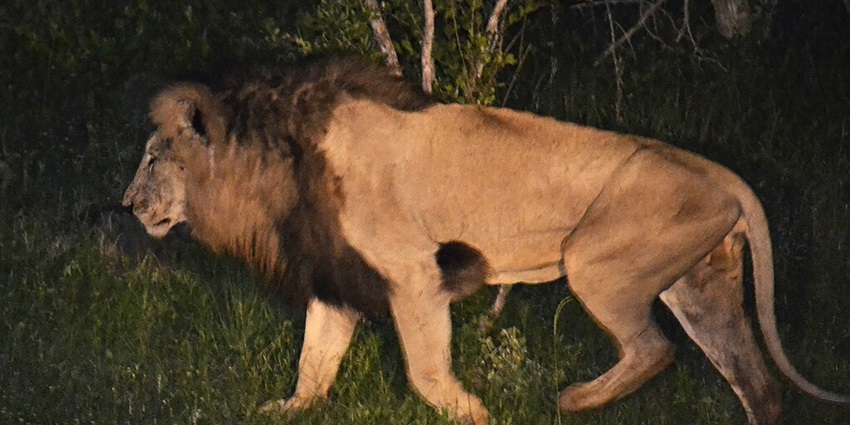
Photo: Vaughan Leiberum / Wikimedia Commons / Image For Representation Only
After dark, Lake Manyara National Park, famous for its tree-climbing lions and pink flamingos, acquires a mystical quality. Night safaris here can lead to sightings of nocturnal species, including porcupines, genets and the rare leopard. Dense groundwater forests in the park create an atmosphere all its own, with moonlight making its way down through tower trees. Outfitted with specialised lights, guides expose the captivating lives of creatures like bush babies and civets. Birdlife also continues to be, with owls and nightjars appearing.
Location: Northern Tanzania, near Arusha
Timings: 6:30 PM – 9:30 PM
Cost: $80 – $120
Suggested Read: Top Spots For Dar Es Salaam Nightlife To Unveil The Charm After Sunset
4. Ngorongoro Conservation Area
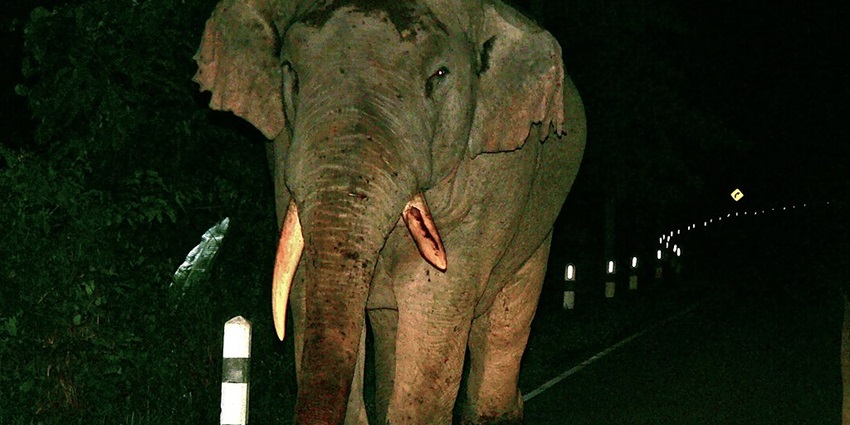
Photo: Bernard DUPONT / Wikimedia Commons / Image For Representation Only
In Ngorongoro Conservation Area, guided night safaris are available, but interestingly, they are not conducted within the iconic crater itself, as they are prohibited. These safaris are held in the surrounding highlands and private concessions, where nocturnal animals flourish. The terrain, a combination of treed sections and an open plain offers a dynamic setting for seeing hyenas, aardvarks and even lions hunting in the dark. Under the vast star-speckled sky, with the crater rim visible in the distance as an enchanting silhouette, you can traverse tall grasses and playful hikes guided by expert trackers through these terrains.
Location: Crater Highlands, Northern Tanzania
Timings: 7 PM – 10:30 PM
Cost: $90 – $150
5. Selous Game Reserve, Nyerere National Park
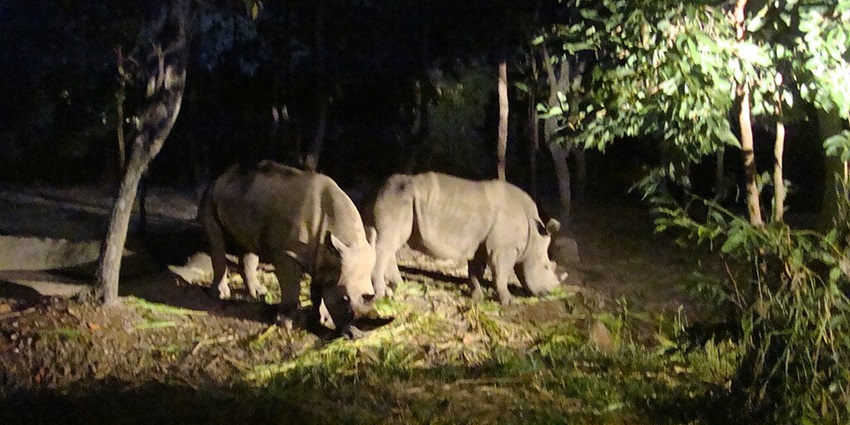
Photo: KungDekZa / Wikimedia Commons / Image For Representation Only
Nyerere National Park, formerly Selous Game Reserve, is one of Africa’s largest and most biodiverse protected areas and is known for its amazing night safari in Tanzania experience. Known for its remote wilderness, the park’s night safaris offer a different glimpse into its ecosystem. With little human intrusion, the site, which is a Unesco biosphere reserve, offers glimpses of rare nocturnal species such as pangolins, civets and honey badgers. The Rufiji River, coursing through the reserve, reflects moonlight and turns the safari into a magical experience.
Location: Southern Tanzania
Timings: 7 PM – 10:30 PM
Cost: $100 – $250
Suggested Read: Top Places To Visit In Tanzania
6. Ruaha National Park
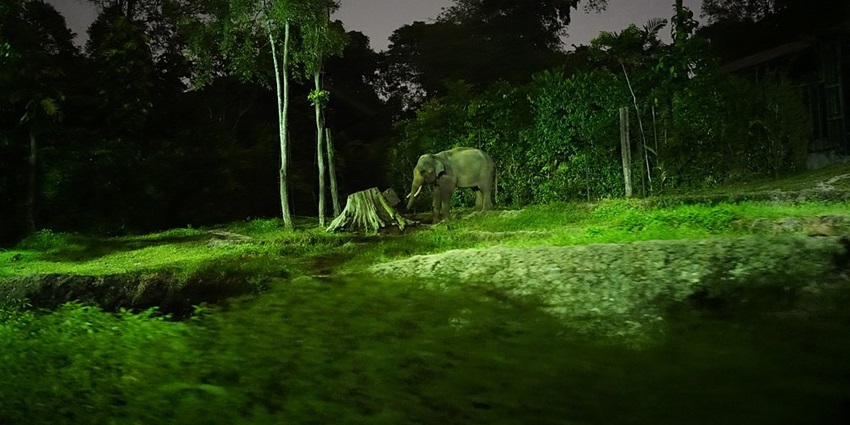
Photo: Kuruman / Wikimedia Commons / Image For Representation Only
Tanzania’s largest national park, Ruaha National Park, hosts exciting night safaris that expose the wild beauty of the park under the stars. A rugged and remote park, Ruaha is a haven for unique wildlife, including striped hyenas, African wild dogs and bat-eared foxes. Its silhouetted baobab-studded landscapes at night add mystique to the safari. Ruaha’s night drives also afford a chance to see its nocturnal predators (leopards and lions) and smaller mammals (genets and bush babies). Low visitor numbers in the park guarantee you a personal experience, and they can readily engage with the surrounding nature.
Location: Southern Tanzania
Timings: 7 PM – 10 PM
Cost: $120 – $200
7. Katavi National Park
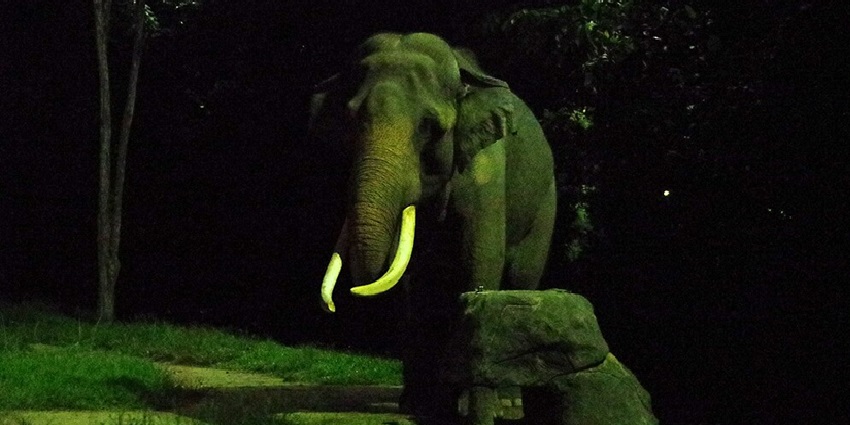
Photo: pelican / Wikimedia Commons / Image For Representation Only
This remote park is one of Tanzania’s best-known adventure night safari in Tanzania experiences. Known for its giant pods of hippos during the day, nighttime in Katavi is a whole new world of wildlife. The park’s floodplains are patrolled by nocturnal predators such as lions and leopards, and smaller nocturnal creatures, including porcupines, pangolins and genets, come out under darkness’ cover. To limit the disturbance to wildlife while maximising viewing opportunities, guides rely on infrared spotlights. N
Location: Western Tanzania
Timings: 7:30 PM – 10 PM
Cost: $100 – $250
Suggested Read: Things To Do In Zanzibar
8. Mikumi National Park
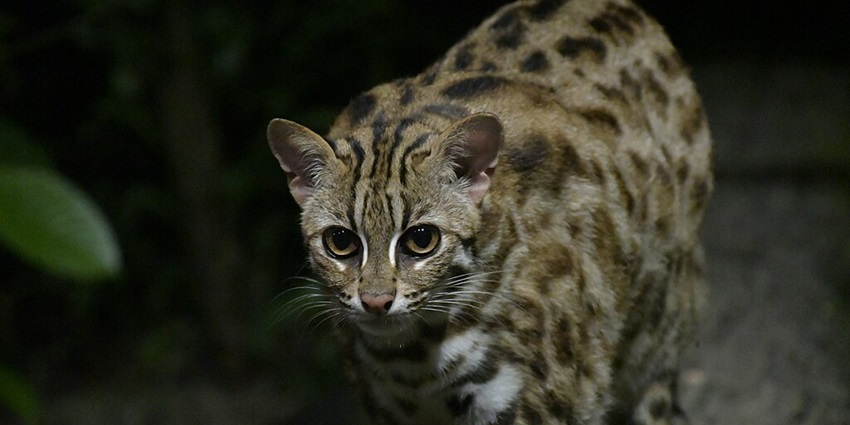
Photo: Joycewikiwiki / Wikimedia Commons / Image For Representation Only
Mikumi National Park, which is easily accessible near Dar es Salaam, is one of those special spots for night safari in Tanzania. The park is known for its savannah plains and mountainous backdrop, where you have the opportunity to see nocturnal creatures, such as civets, servals and honey badgers. The night safari also allows visitors to see predators such as lions and hyenas active after sunset, often patrolling around waterholes or hunting. The park, which lies within reach of urban centres, is a popular destination for short-term visitors, but its atmosphere stays wild and unsullied. Expert guides make the experience richer by interpreting animal behaviours and telling local legends about the creatures you encounter. Combine the night safari with daytime game driving for a completely adventurous day.
Location: Southern Tanzania, near Dar es Salaam
Timings: 6:30 PM – 9 PM
Cost: $70 – $150
9. Udzungwa Mountains National Park

Photo: Erasmus Kamugisha / Wikimedia Commons
Known for its diversity, the Udzungwa Mountains National Park offers an alternative night safari experience. Where other parks offer open plains, Udzungwa’s thick rainforests brim with life after dark. Night walks or safaris here emphasise the spotting of nocturnal primates like bush babies and rare species like the endemic Udzungwa red colobus. Guides take small, carefully selected groups down trails using red-light torches to avoid disturbing local wildlife. You can also glimpse nocturnal birds like owls and nightjars.
Location: Southern Highlands of Tanzania
Timings: 7 PM – 10 PM
Cost: $90 – $180
Suggested Read: Amazing Beaches In Tanzania That Will Leave You Spellbound
10. Arusha National Park
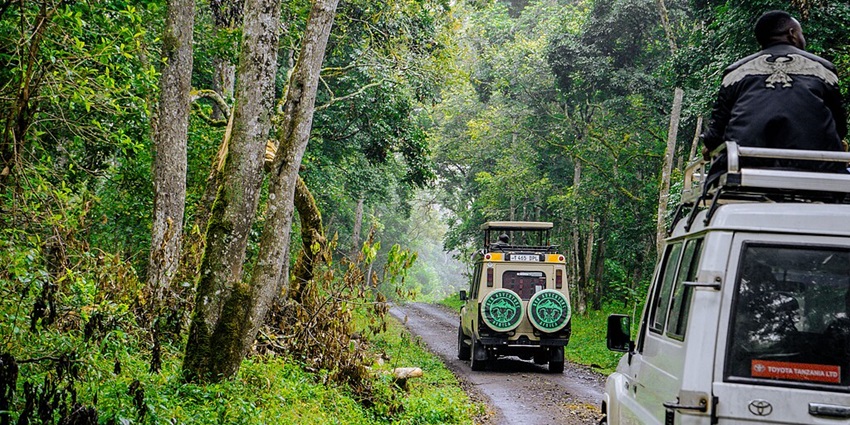
Photo: Sikjunior / Wikimedia Commons
Due to its proximity to Arusha city, Arusha National Park is a little jewel that gives riders an easily accessible but fascinating night safari. With its diverse mosaics of montane forests, Momella Lakes, and a backdrop of the iconic Mount Meru, the park’s landscapes feel ripe for nocturnal exploration. On the safari, you can see animals such as bush pigs, porcupines and even leopards, in addition to owls and other nightbirds. The park’s compact size means there are great sightings, and knowledgeable guides amplify the experience with their insights into the habits of nocturnal creatures.
Location: Near Arusha City, Northern Tanzania
Timings: 7PM – 9:30 PM
Cost: $50 – $100
Night safaris in Tanzania provide a fascinating view into the nighttime world of Africa. Led by experienced professionals, these safaris offer a combination of excitement and enlightenment, guaranteeing a responsible and unforgettable experience. For wildlife buffs and adventurers eager to discover off-the-beaten-path mysteries after dark, adding a night safari in Tanzania to your itinerary is without a doubt unmissable. So plan your safari experience with TripXL.
Cover Photo: Wei Pan / Unsplash / Image For Representation Only


 WhatsApp
WhatsApp
 Twitter
Twitter









